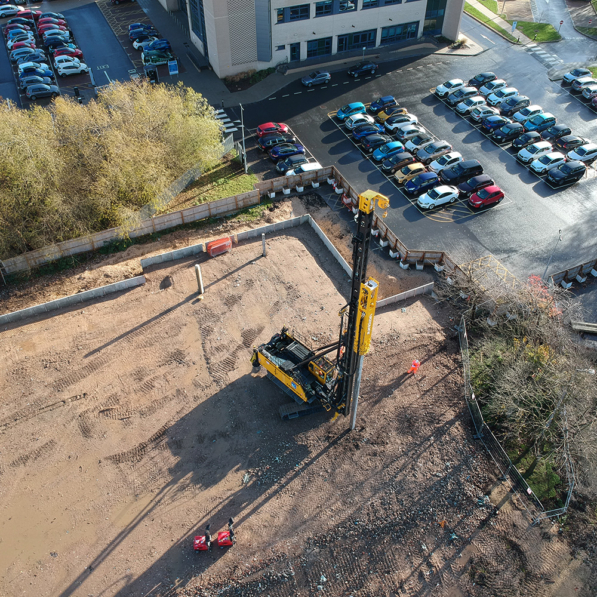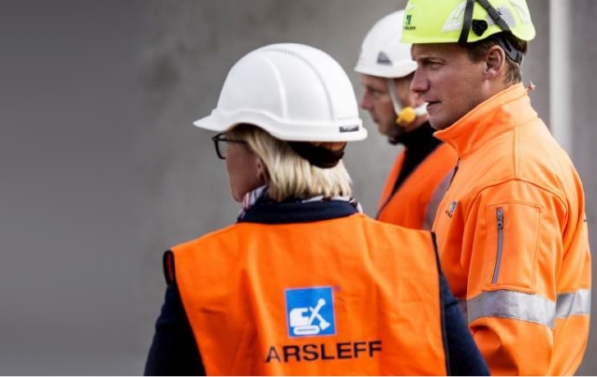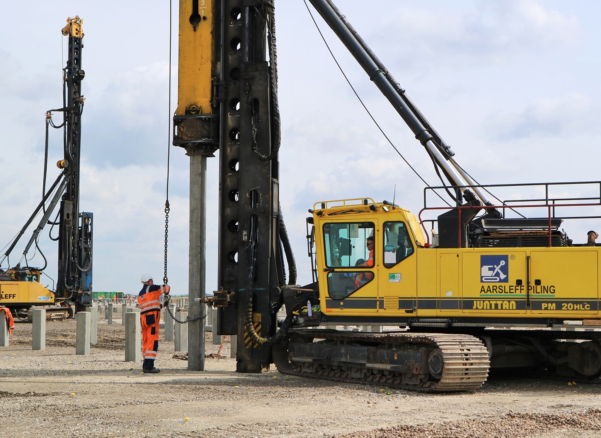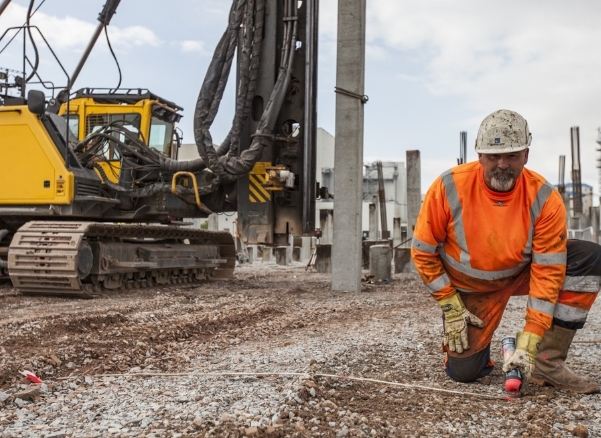How Much Does Sheet Piling Cost?
When planning any construction or civil engineering project, one of the key elements is budgeting and costs. It’s important to note that sheet piling is not a ‘one-size-fits-all’ solution. While it is a cost-effective technique, especially for temporary structures, the cost of sheet piling can vary from project to project.
Mobilisation, materials, and labour costs need to be considered in the unit price, whether the wall is temporary or permanent and whether the contractor owns the steel sheet piles or has to buy them. You may even need to add additional costs for bracing or tiebacks.
How much does sheet piling cost? Is sheet piling expensive? On this page, we discuss several factors that can affect the cost of sheet piling. Understanding these factors can help you make accurate and informed decisions.

6 Factors That Affect the Cost of Sheet Piling
The cost of sheet piling depends on the following 6 factors:
1. Size of the Foundation
The size of the foundation can significantly affect the cost of sheet piling. Large foundations require more sheet piles to form the desired pile wall length. This ultimately leads to increased costs compared to smaller foundations.
2. Site Accessibility
Site accessibility can vary from project to project. In some cases, it can be difficult to access because of limited space or environmental restrictions. This leads to the requirement for additional planning and resources, potentially affecting costs.
3. Soil Conditions
Soil conditions also impact the cost of sheet piling. Geotechnical testing is often conducted to evaluate soil conditions, which is an additional cost to keep in mind. Difficult soil conditions may need specific machinery or equipment for successful pile installation, thus increasing costs. For instance, highly-powered water jets are used for driving assistance into stiff clay or dense soil. In contrast, softer soils are easier and more budget-friendly to work with.
4. Sheet Pile Dimensions
The dimensions of sheet piles including the length, thickness and depth will affect material costs. Longer and thicker piles tend to be more expensive due to the higher amount of material used. The required depth of sheet piles depends on the type of work being carried out. For tall buildings and skyscrapers, longer piles are driven deeper into the ground to form a stronger pile wall. On the other hand, piles for residential work may not be driven as deep.
5. Installation Methods
The method used to install sheet piles can influence costs. While sheet piles are typically driven or hammered into the ground, this can cause loud noise and high vibration levels in the area which may not suit all sheet piling projects. Alternatively, pressing installation methods cause far less noise and vibration but it may be more expensive than driving or hammering.
6. Labour
Large sheet piling projects naturally require more time and labour, increasing the overall cost. In addition, complex projects may require more design and engineering resources, further increasing costs.
How To Calculate Sheet Piling Cost Per Metre?
To calculate your cost per square meter, the project price can be combined with your survey.
Talk To An Expert
At Aarsleff, we have over 30 years of experience in sheet piling. Contact us to speak with one of our experts or receive a quote today.







